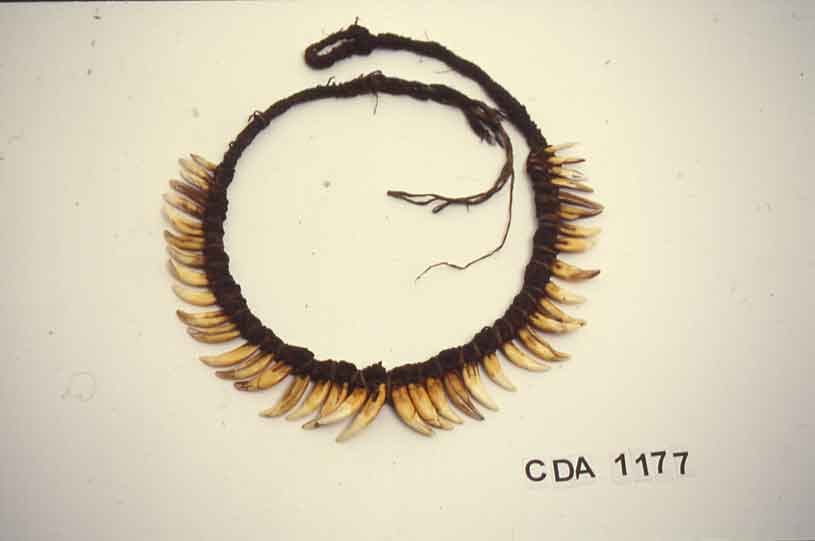
Click here to view image
Necklace
Teeth and vegetable fibre

Click here to view image
Necklace
Teeth and vegetable fibre

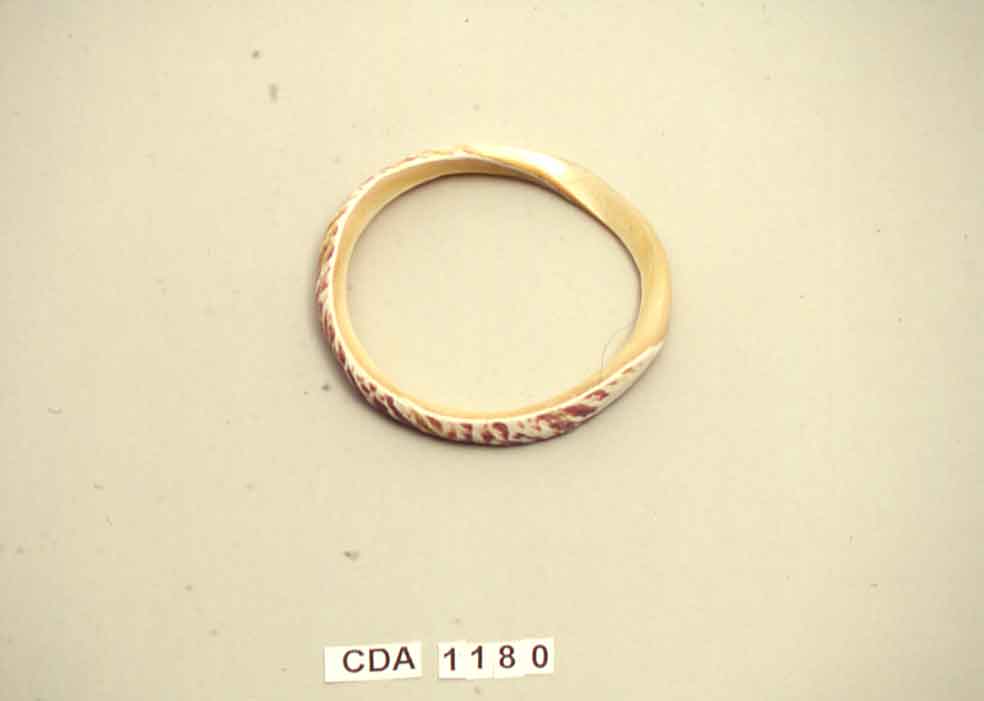
Click here to view image
Bracelet
Section of shell

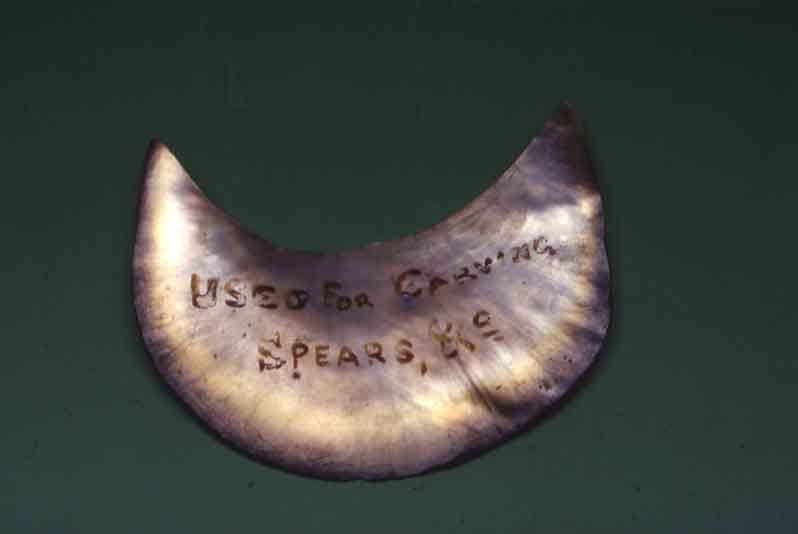
Click here to view image
Pectoral ornament
Carved shell

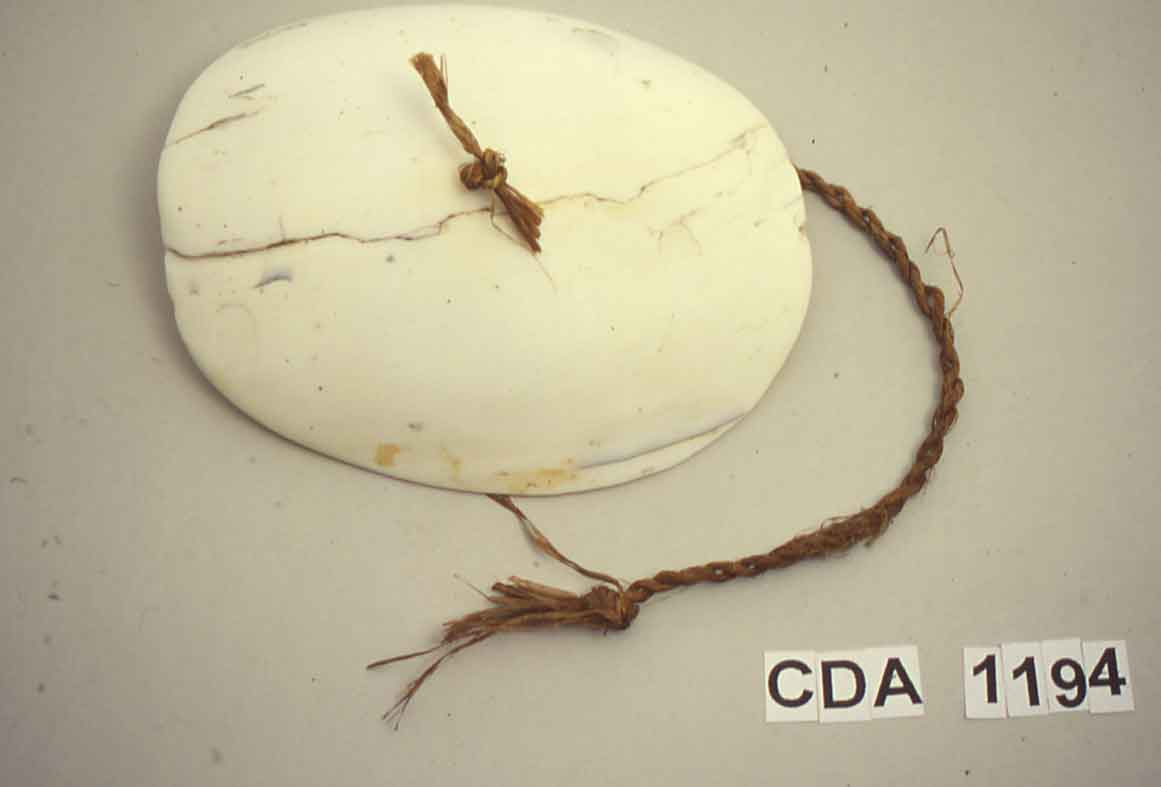
Click here to view image
Ornament
Circular shell with vegetable fiber

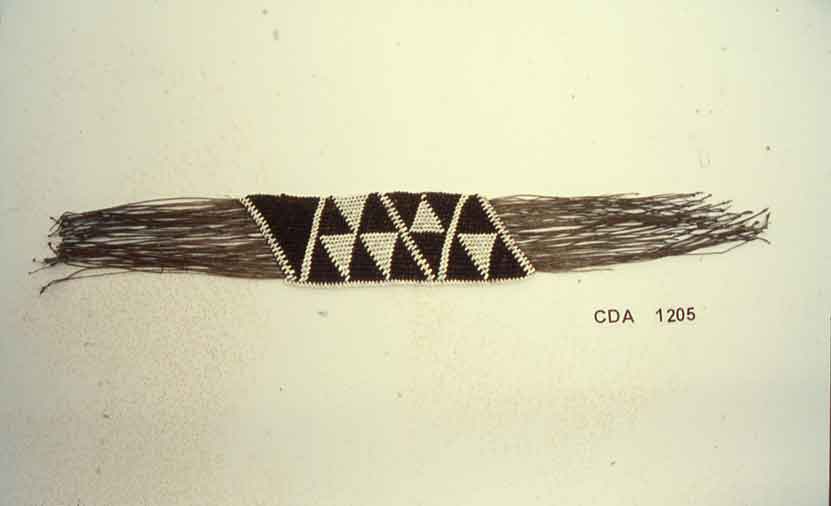
Click here to view image
Trapezoidal Bracelet
Braided vegetable fibre with white and brown shell discs

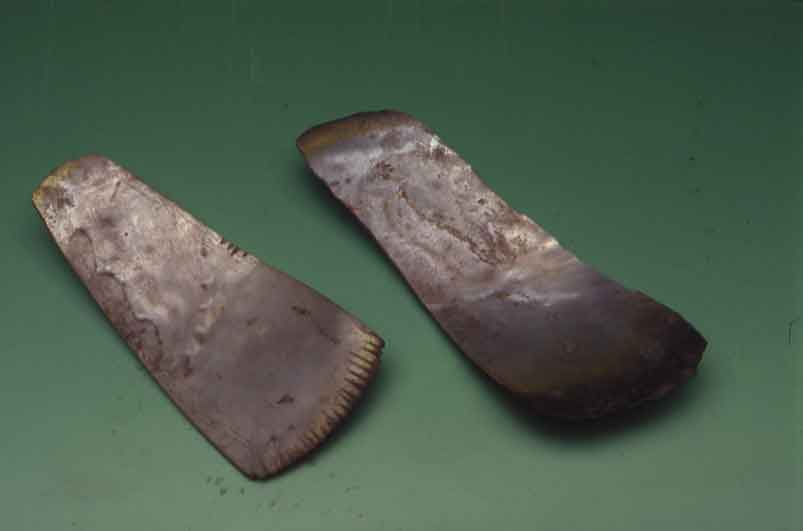
Click here to view image
Scraper for coconut
Engraved and sharp mother-of-pearl

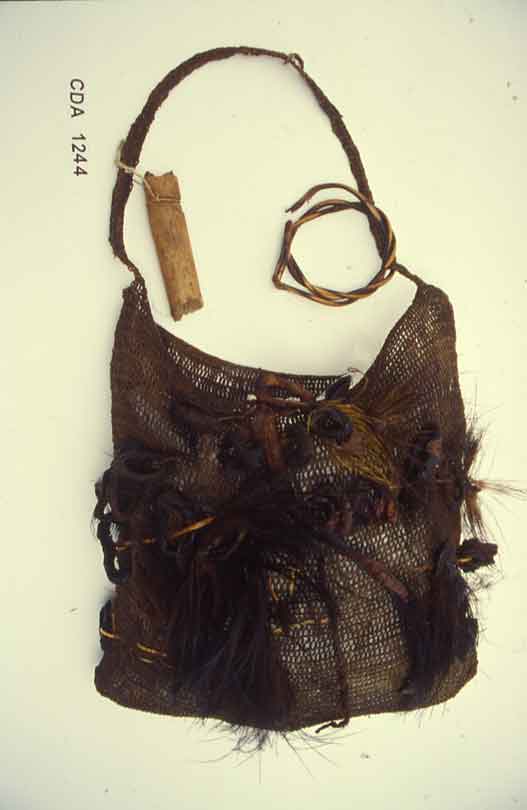
Click here to view image
Bag
"Nokia" vegetable fibre, decorated with casuario feathers, tapa strips, pig skin rings, braided cane

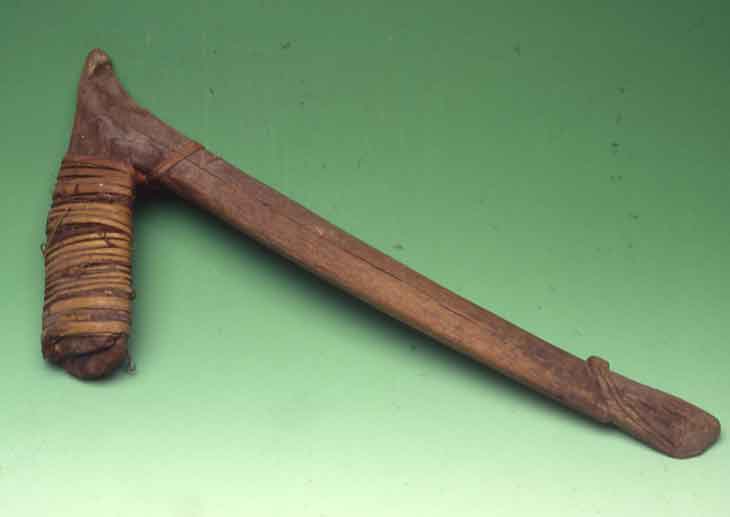
Click here to view image
Kilani. Handle for axe
Wood and vegetable fibre

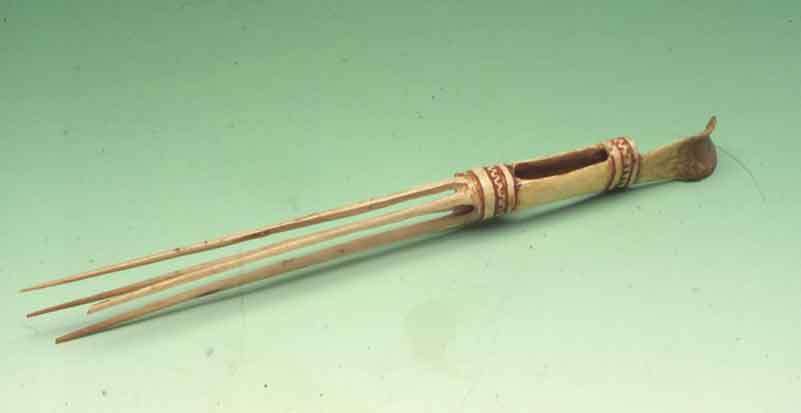
Click here to view image
D'Albertis Enrico Alberto 1932
Fork
C.D.A.1270
Papua Nuova Guinea
Carved casuario bone
Infilzare e portare il cibo alla bocca. Vita quotidiana

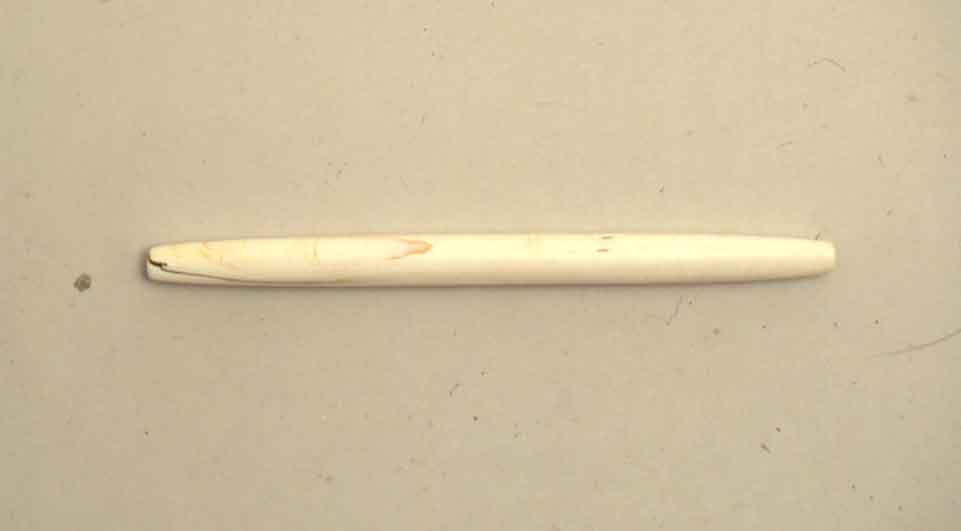
Click here to view image
Ztigau. Cylinder or nasal stick
valve of shell




Headquarters:
Municipality of Genoa - Palazzo Tursi
Via Garibaldi 9 - 16124 Genoa
C.F / VAT 00856920102